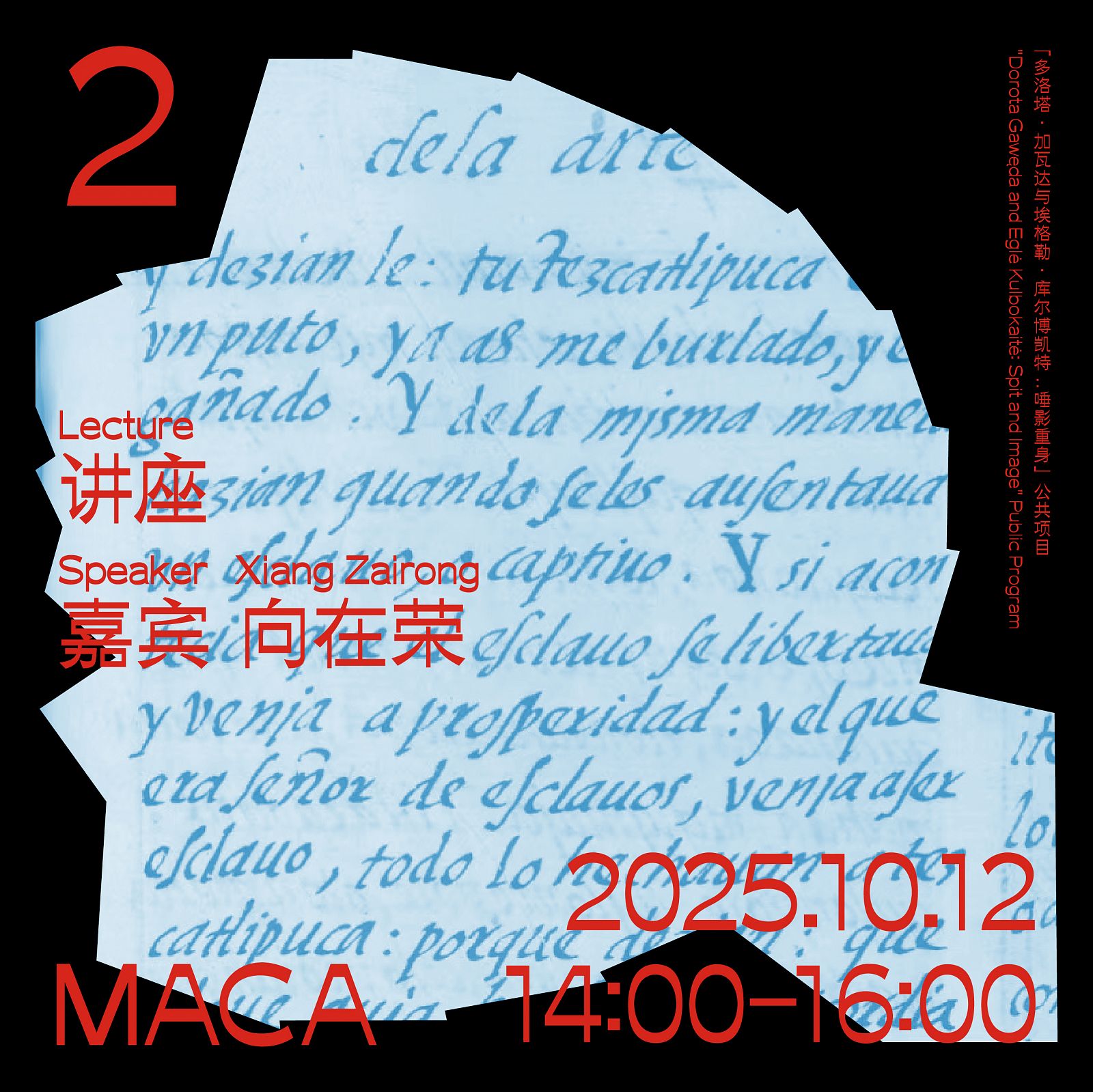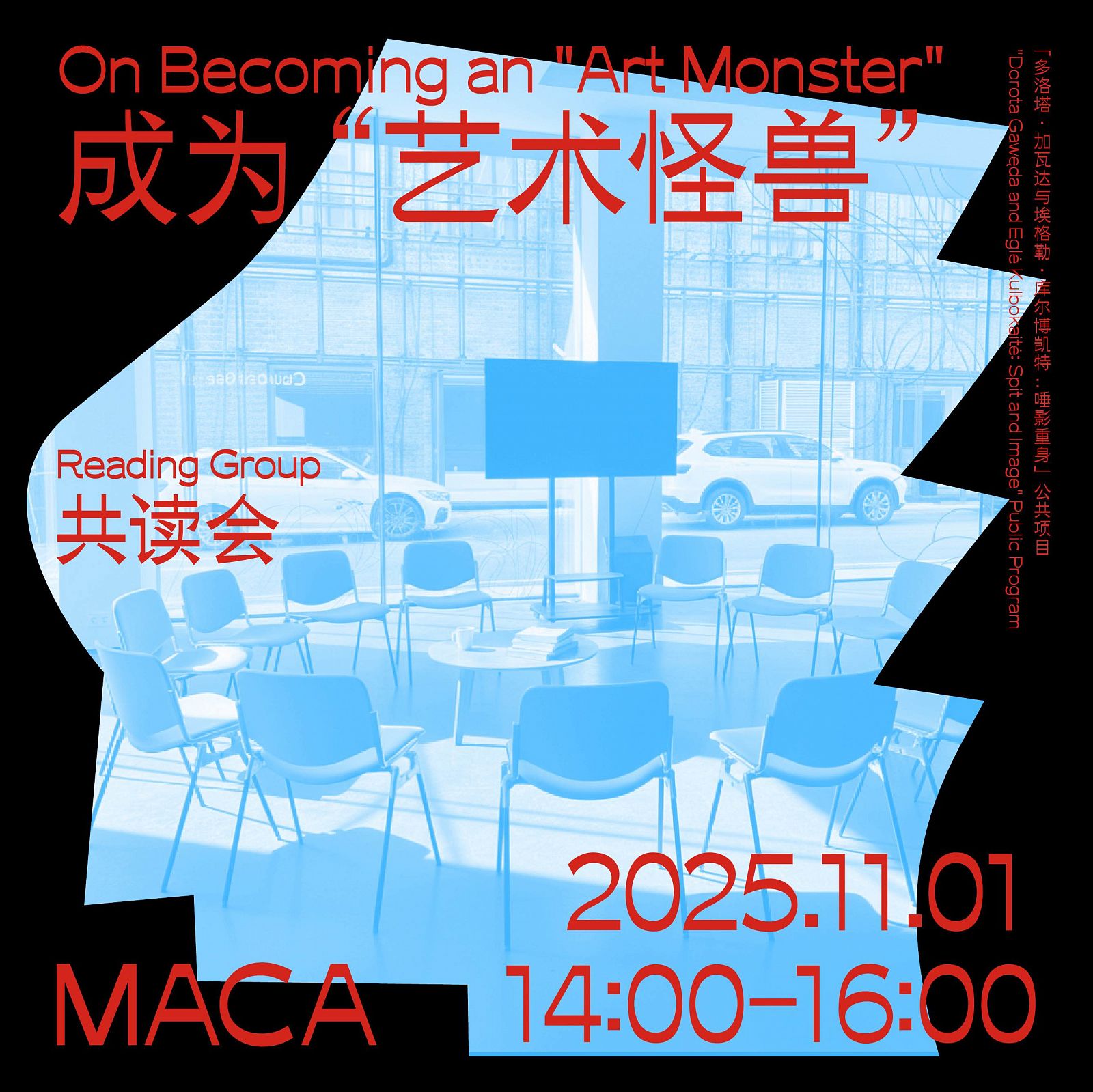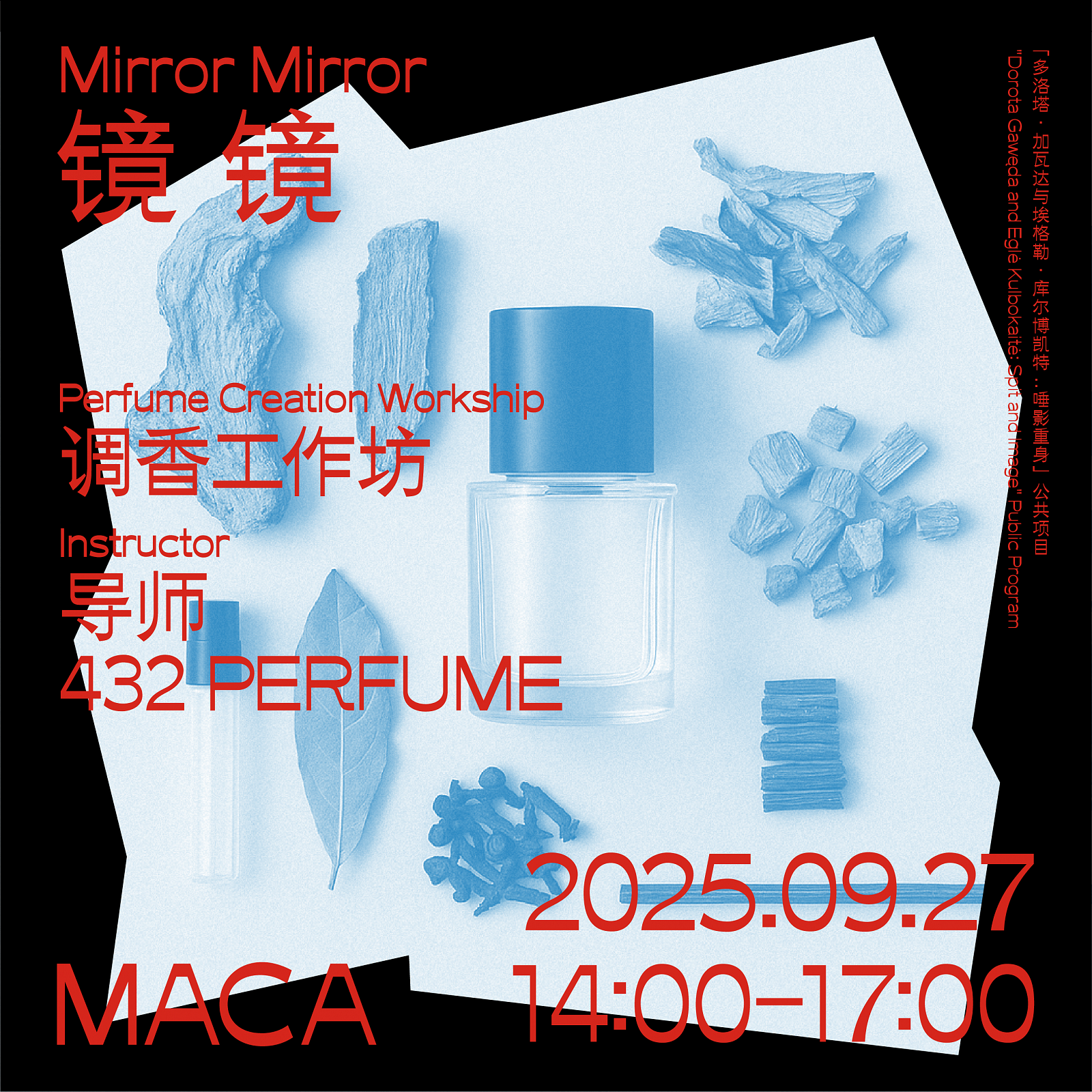 MACA×432 PERFUME|Perfumery Workshop
MACA×432 PERFUME|Perfumery Workshop
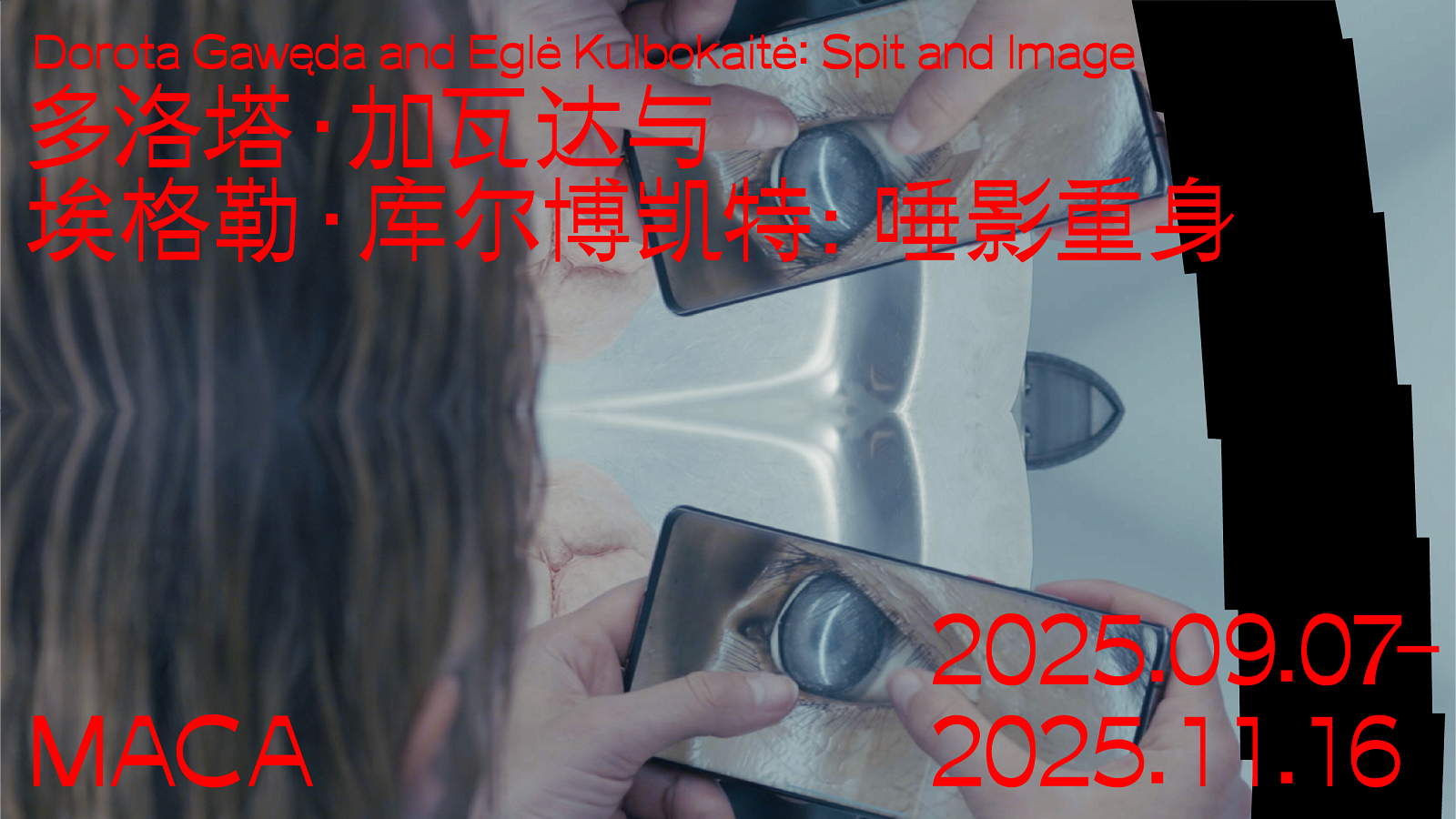
2025.09.07—11.16
Artists: Dorota Gawęda and Eglė Kulbokaitė
Curator: Yang Beichen
Spit and Image marks the first solo exhibition in China by the artist duo Dorota Gawęda and Eglė Kulbokaitė. This debut brings together their most significant work and their newest pieces. The title, while originally signifying "perfect likeness," is here expanded to suggest a nuanced doubleness—one that creates polyphonic and polyporous dimensions within a seemingly repetitive and mirrored structure. The space in MACA is transformed into an ambiguous zone of liminality, in which perceptual boundaries dissolve into a site of superimposition, entanglement, and chaos. Self and doppelgänger, body and technology, real and virtual, scent and mist, membrane and screen: as various materialities and temporalities permeate and traverse this realm, a speculative contemporary hauntology emerges.
The artists position their Slavic and Baltic cultural background within a vision of "ancestrality": Instead of indulging nostalgia, they endeavor to reactivate marginalized non-modern subjectivities through re-choreographed forms. Central to this constellation is the figure of the upiór, a vampire possessing dual souls, an Other lingering between life and death, human and non-human, which carries the whispering of the marginalized and nameless, embracing the fluid identities and multiple possibilities of narratives.
In this sense, Spit and Image manifests a complex state of in-betweenness. On the first floor, Enclosure (The Double Dream of Spring) (I-XXVIII) (2025) takes the Enclosure Movement as a historical reference, where veiled organza overlaps digital prints to construct boundaries at once present and precarious, evoking a metaphorical resonance between land privatization histories and the process of provatization in digital spaces. As the viewers step into a field of phantasmal "membranes," their very being diffuses into the "filters" constructed by technical images. Meanwhile, in Yield (twinning) (2025), the viewers confront their own sharp reflections in stainless steel flower mirrors. Disturbingly, these nostalgic objects, which are derived from a plastic make-up mirror once-ubiquitous in Eastern Europe, now function as surveillance cameras that rigidly scrutinize viewers who dare to come near—as if the flowers were performing a paradoxical dynamic of gazing and being gazed at, or offering sensorial testimony to the historical rupture between Nature and Culture and Self and Environment.
On the second floor, Spit and Image 1 (2025) and Spit and Image 2 (2025) demonstrate how double and in-betweenness operate as strategies of "overcoming." The corporeal distortions and metamorphoses may evoke a new trance-like experience—one that seeks to reclaim agency and sovereignty from the domination of algorithms and capital. A monstrous body rises to combat an equally uncanny reality, a fragmented self resists the controllable and replicable life, a radical doppelgänger dissolves institutionalized identities and morphs into a Frankensteinian hybrid of supernatural and technology—an object of terror and worship at once. This strategy achieves its most diffuse expression through the fragrance installation Mirror Mirror (2025), which spans both floors: two mirrored fragrances permeate the body through rhythmic breathing, thus "infecting" life and transforming it into an embodied medium at the molecular level that overcomes all enforced dualisms.
The cosmology of Spit and Image is precisely grounded in this dialectical openness, merging into a diffuse constellation in which witchcraft coexists with algorithms and horror dwells with poetry, while specters of the past resonate with projections of the future in a labyrinth of mirrors, mist, membranes, and scents. Instead of offering a simple answer, the artists strive to create an unceasing fluxion, a promise of ever-renewing transformation, a persistent yet unstable site of perception anchored in the turbulent flow of uncertainty.
Spit and Image is curated by MACA Director Yang Beichen, with co-curating and execution by MACA Associate Curators Wang Jianan and Li Yang. Special thanks to Pro Helvetia Shanghai, the Swiss Arts Council, for their generous support of the exhibition, and to 432PERFUME for their support of the fragrance installation.
Dorota Gawęda and Eglė Kulbokaitė
Dorota Gawęda (1986, Poland) and Eglė Kulbokaitė (1987, Lithuania) are an artist duo based in Basel. They graduated from the Royal College of Art, London in 2012. They established a syncretic practice that focuses on unearthing unwritten social histories and imagining divergent futures. Transfusing different bodies of knowledge across space and time, Gawęda and Kulbokaitė nurture a research-based practice that weaves together seemingly disparate fields - ecology and technology, science and magic, and nonhuman intelligence and shared speculation. They work in multiples across performance, painting, sculpture, fragrance, video, installation, and AI-generated imagery – where language breaks down and one genre morphs into many. Informed through their “Young Girl Reading Group” (2013–2021) project, the artists create artworks that act as networks of references, looped together by an infinite string of embodied narration.
They have exhibited internationally, including The Renaissance Society, Chicago (2025); Kunsthalle Basel (2024 and 2017); Thaddaeus Ropac, Paris (2024); Centre Pompidou, Paris (2023); Kunsthalle Mainz (2023); EPFL Pavilions, Lausanne (2023); Shedhalle, Zürich (2022); Kunstraum Niederoesterreich, Vienna (2022); CCS, Paris (2022); Kunstverein Hamburg (2021); Istituto Svizzero, Palermo/Milan (2021); Swiss Institute, New York (2020); Julia Stoschek Collection, Düsseldorf (2020); Kunsthalle Fribourg (2020); Lafayette Anticipations, Paris (2019); Palais de Tokyo, Paris (2018); Athens Biennale (2018); ICA, London (2017) among others. They are the recipients of the Allegro Artist Prize 2022; CERN Collide Residency 2022; and laureates of the Swiss Performance Art Award 2022.

Yang Beichen
Dr. Yang Beichen is a researcher and a curator based in Beijing, currently serving as Director of MACA Art Center, and Associate Professor at the Central Academy of Drama. Prior to that, he was a senior editor of Artforum.com.cn (2012–2017) , a guest researcher at the New Century Art Foundation (NCAF, 2019–2021) , and one of the members of the Thought Council at the Fondazione Prada(2021–2023).
His research explores the agency and potentialities of the moving image in the context of contemporary technology and ecology. Utilizing media archaeology as a radical framework, he excavates alternative modernities and reinterprets history and geopolitics from a New Materialist perspective. His curatorial practices grow out of and attest to his multidisciplinary academic approaches. Dr.Yang’s notable curatorial projects include "New Metallurgists" (Julia Stoschek Collection, Düsseldorf), "Micro-Era" (Kulturforum, Berlin), the Guangzhou Image Triennial 2021 "The Intermingling Flux" (Guangdong Museum of Art, Guangzhou), "Nathalie Djurberg and Hans Berg: A MOON WRAPPED IN BROWN PAPER" (Prada Rong Zhai, Shanghai), "Cao Fei: Tidal Flux" (Museum of Art Pudong, Shanghai), among others.
From 2022 to 2025, he curated a three-year, research-based exhibition project titled "Who Owns Nature?" at MACA, focusing on pressing ecological, decolonial, and Anthropocene issues from an interdisciplinary perspective. The project is divided into three chapters:"Multispecies Clouds," "Elemental Constellations," and "Gaia Should Be Safe."
He has also contributed critical essays for catalogues featuring artists such as Laure Prouvost, Omer Fast, Antony Gormley, HO Tzu Nyen, Cao Fei, Wang Tuo, among others. His academic monograph, Film as Archive, is forthcoming.
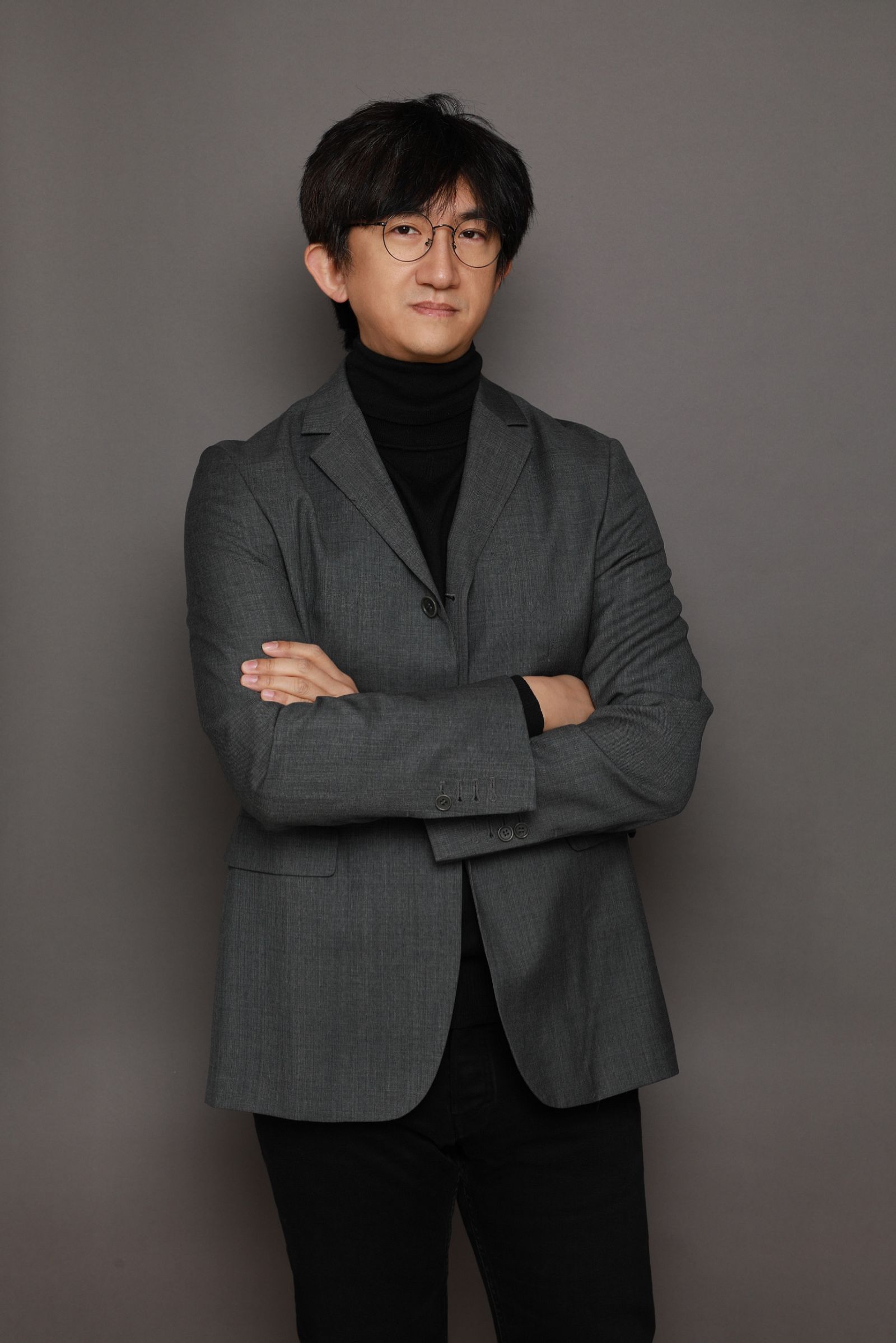

Spit and Image, installation view, MACA, 2025. Photo: Yang Hao
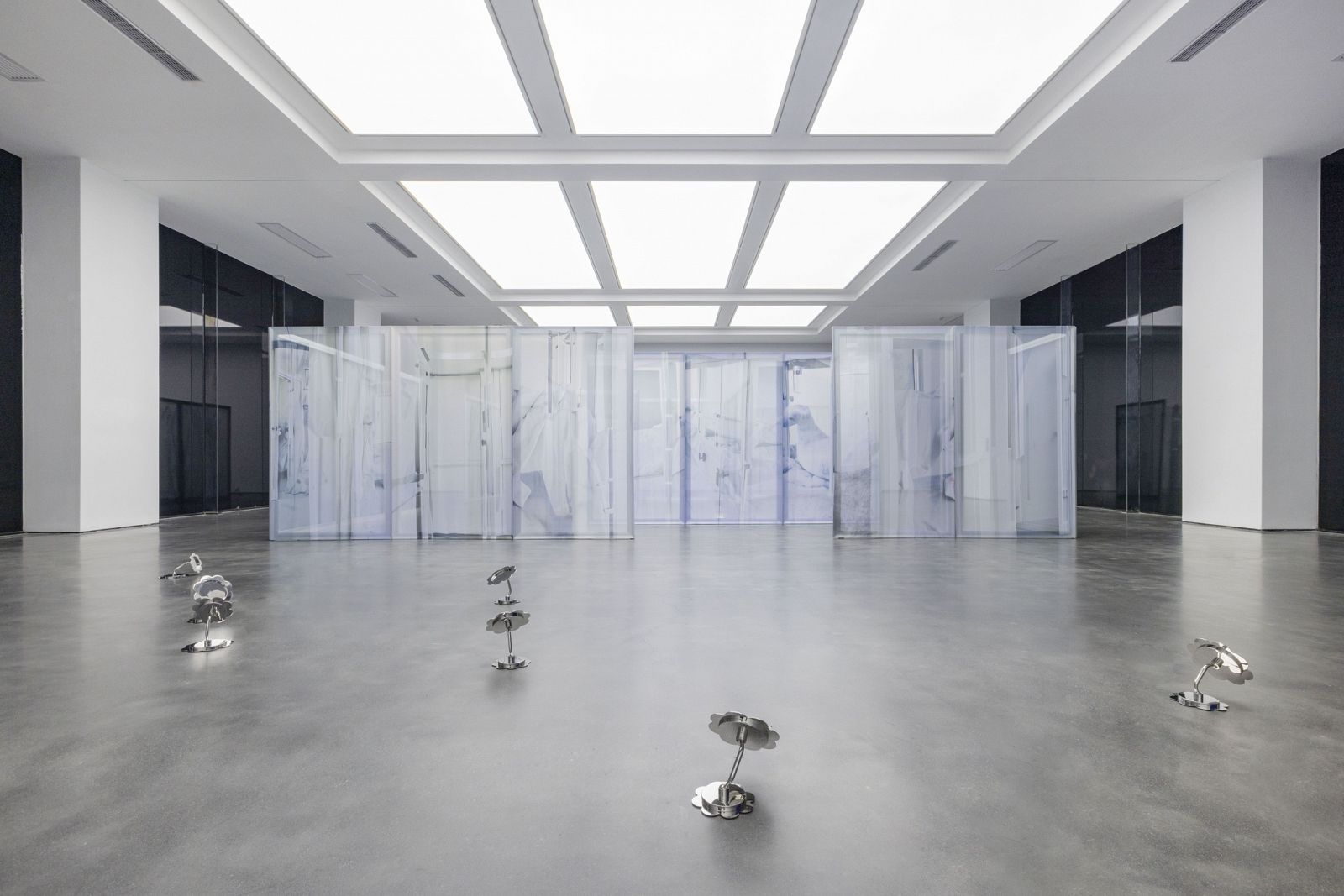
Spit and Image, installation view, MACA, 2025. Photo: Yang Hao
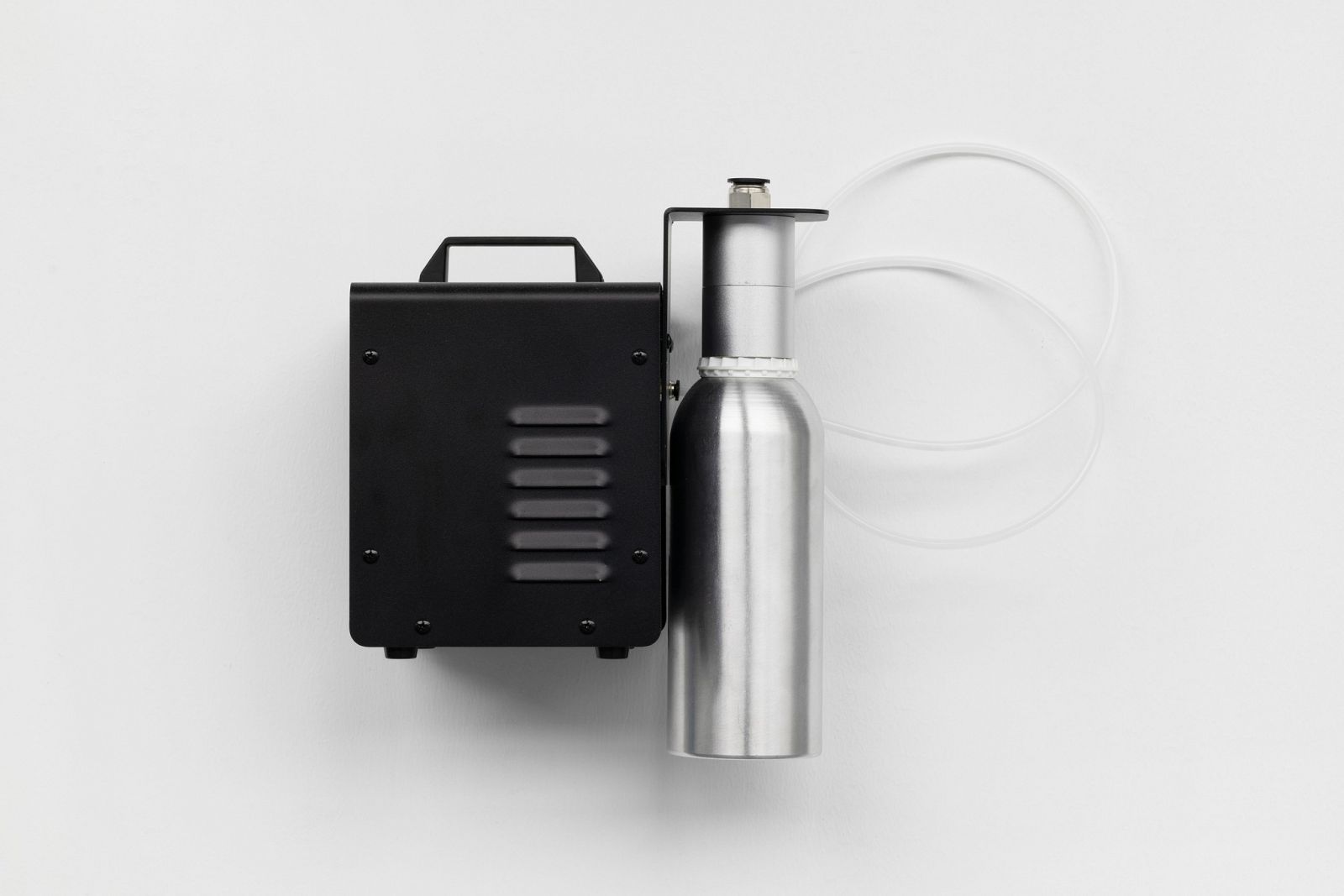
Dorota Gawęda and Eglė Kulbokaitė, Mirror Mirror, 2025, fragrances, industrial aroma diffusers, 17×16×19 cm each, 2 in total. Spit and Image, installation view, MACA, 2025. Photo: Yang Hao
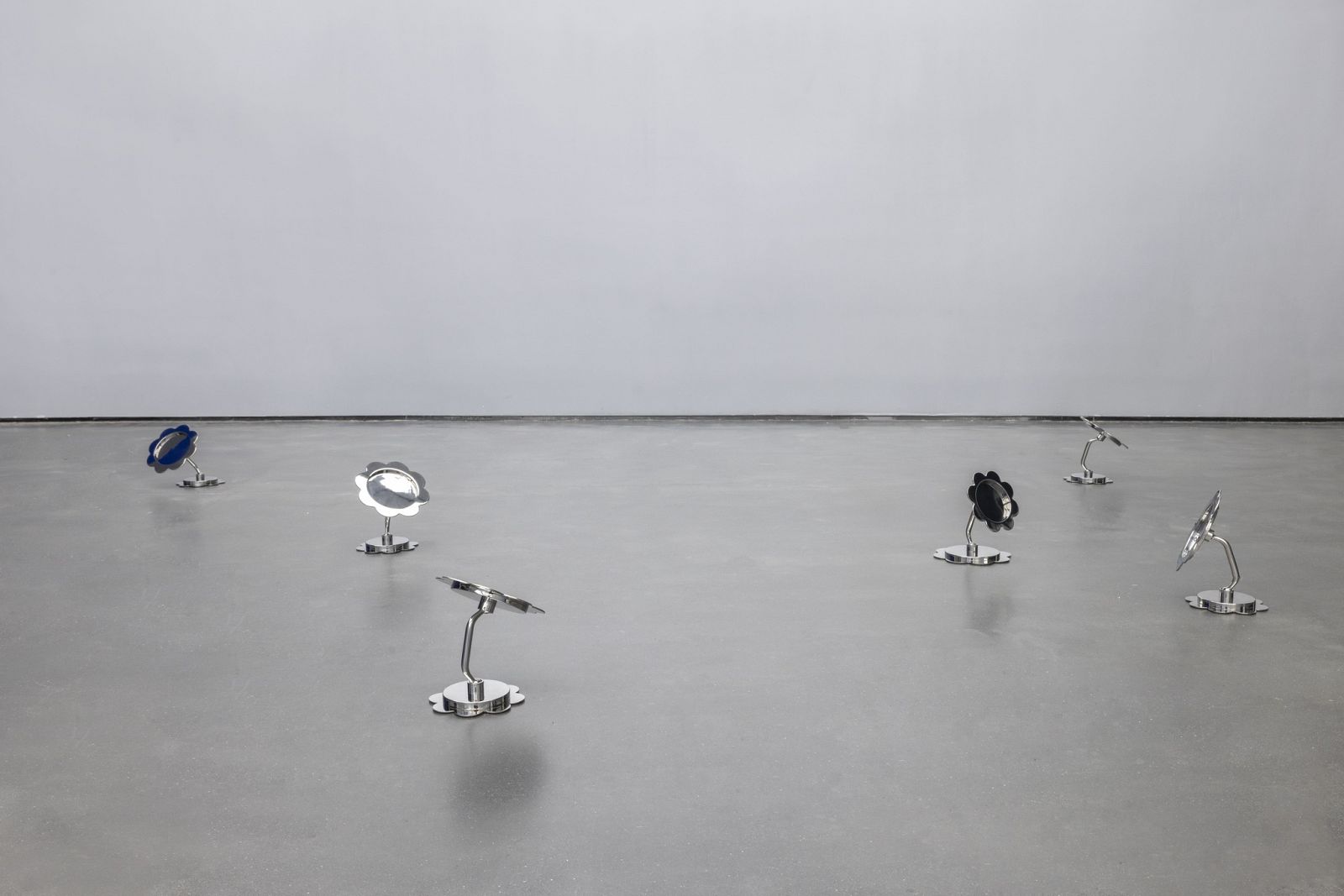
Dorota Gawęda and Eglė Kulbokaitė, Yield (twinning), 2025, stainless steel cast from a found object, 17×16×14 cm each, 15 in total. Spit and Image, installation view, MACA, 2025. Photo: Yang Hao
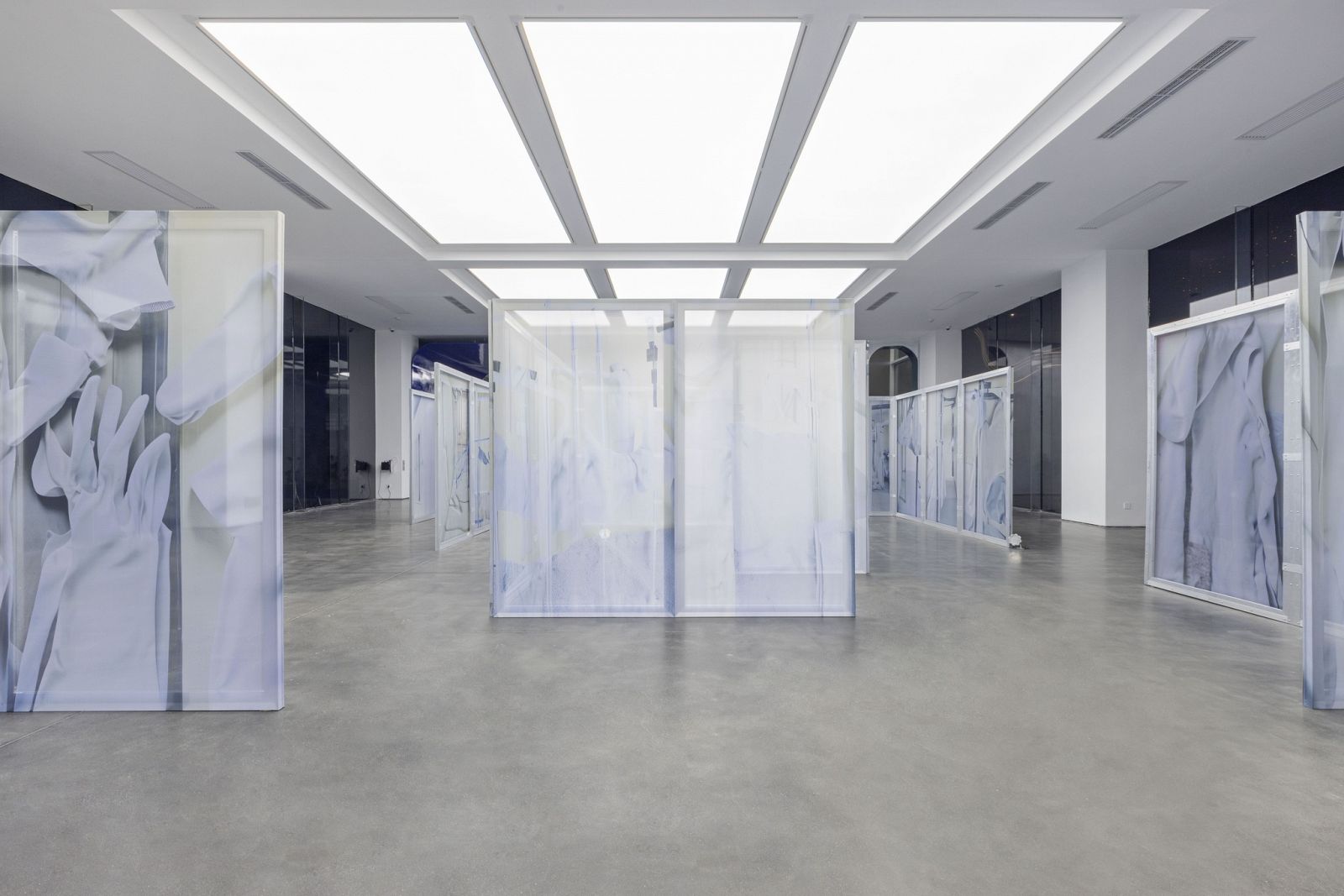
Spit and Image, installation view, MACA, 2025. Photo: Yang Hao
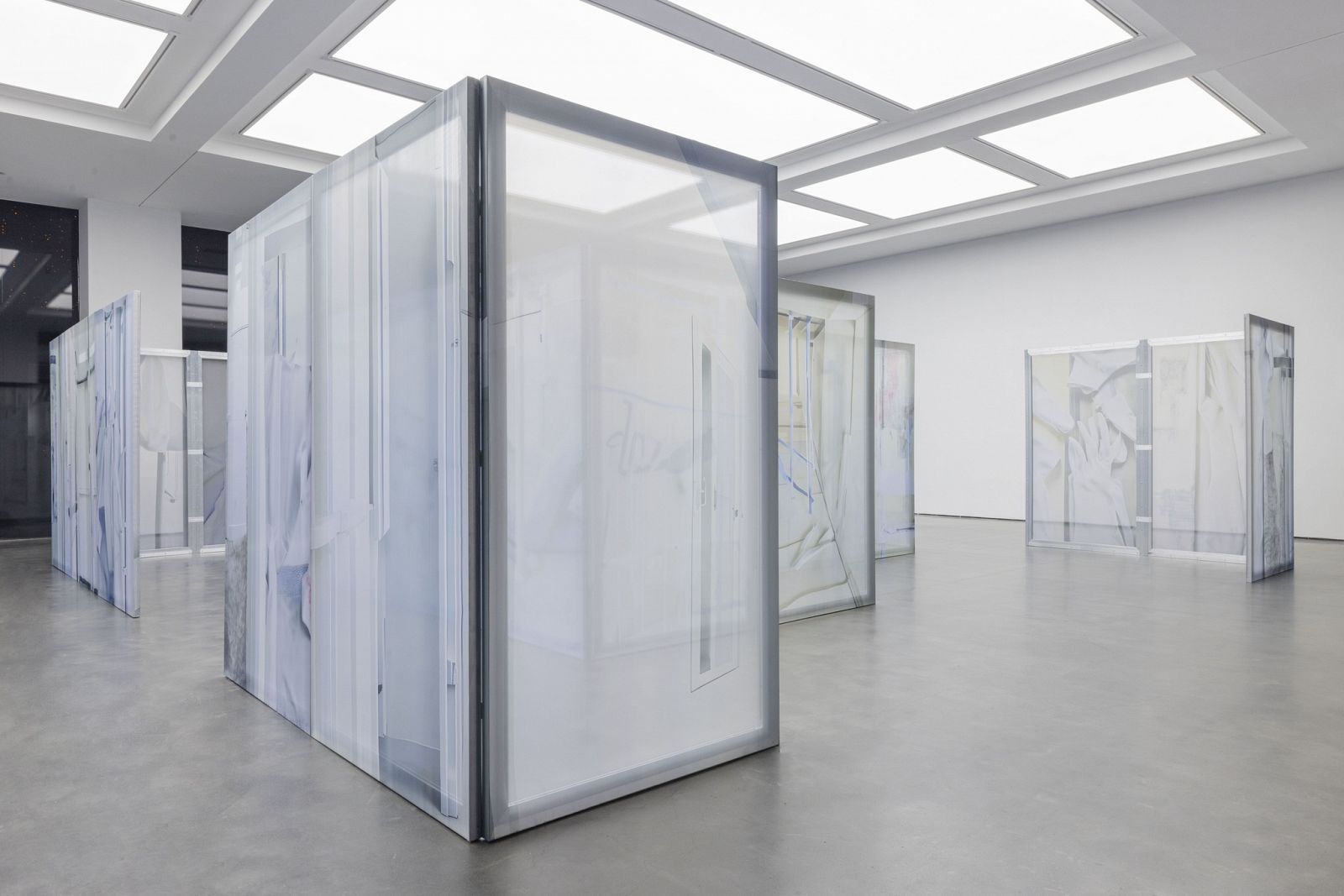
Dorota Gawęda and Eglė Kulbokaitė, Enclosure (The Double Dream of Spring) (I-XXVIII), 2025, aluminum frame, digital prints on textile, acrylic, 220×125×3.8 cm each, 28 in total. Spit and Image, installation view, MACA, 2025. Photo: Yang Hao
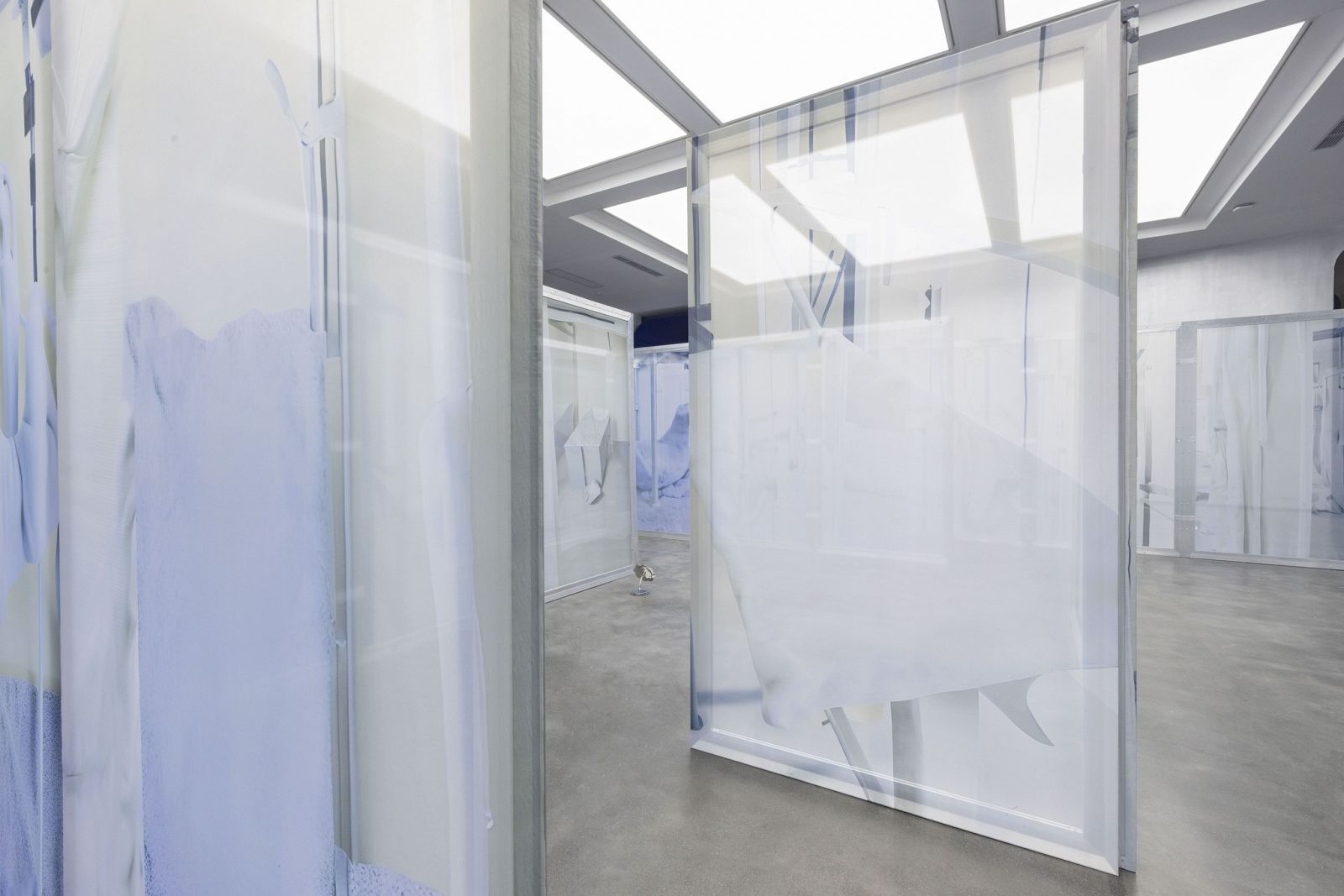
Spit and Image, installation view, MACA, 2025. Photo: Yang Hao
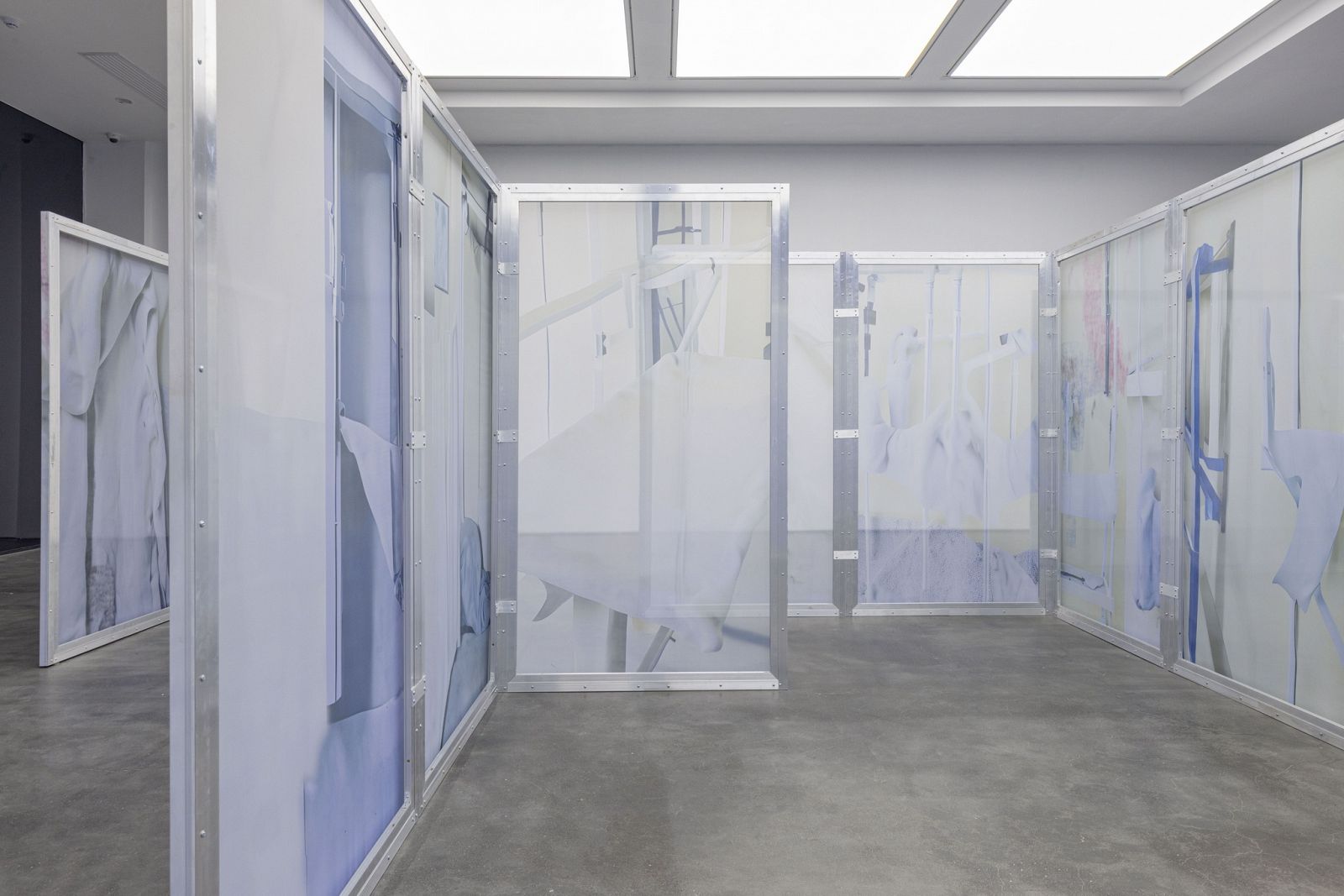
Dorota Gawęda and Eglė Kulbokaitė, Enclosure (The Double Dream of Spring) (I-XXVIII), 2025, aluminum frame, digital prints on textile, acrylic, 220×125×3.8 cm each, 28 in total. Spit and Image, installation view, MACA, 2025. Photo: Yang Hao
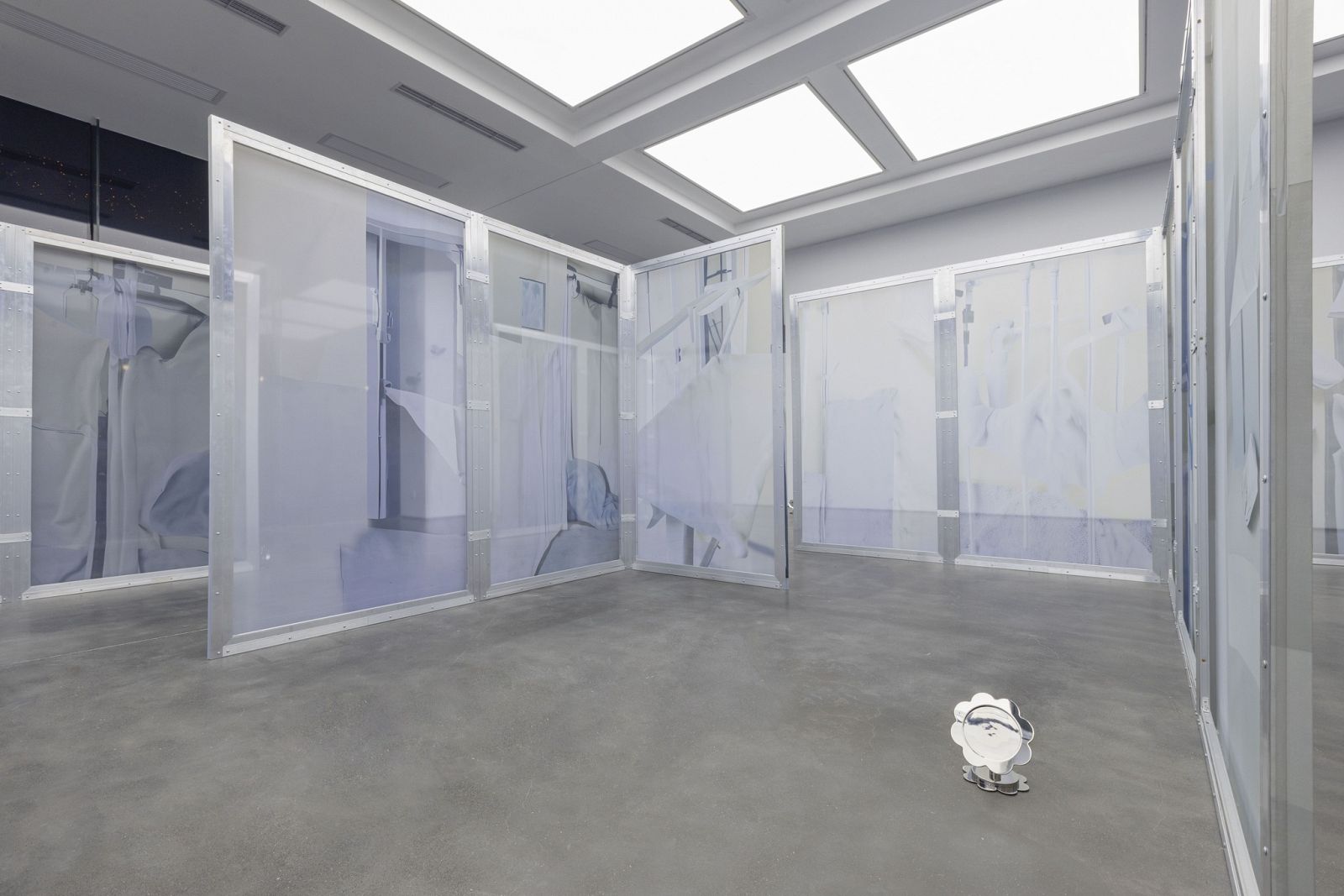
Spit and Image, installation view, MACA, 2025. Photo: Yang Hao

Spit and Image, installation view, MACA, 2025. Photo: Yang Hao
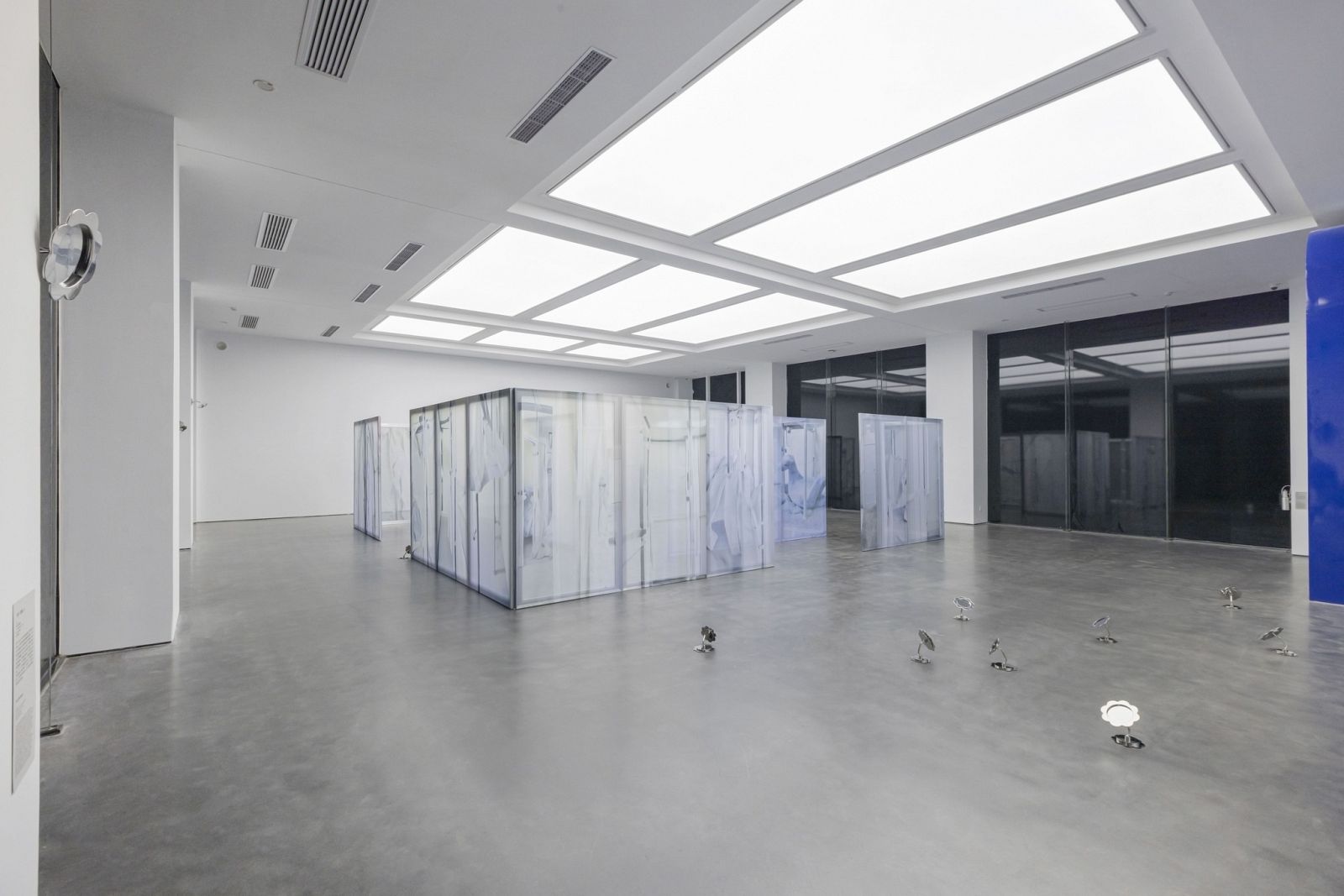
Spit and Image, installation view, MACA, 2025. Photo: Yang Hao
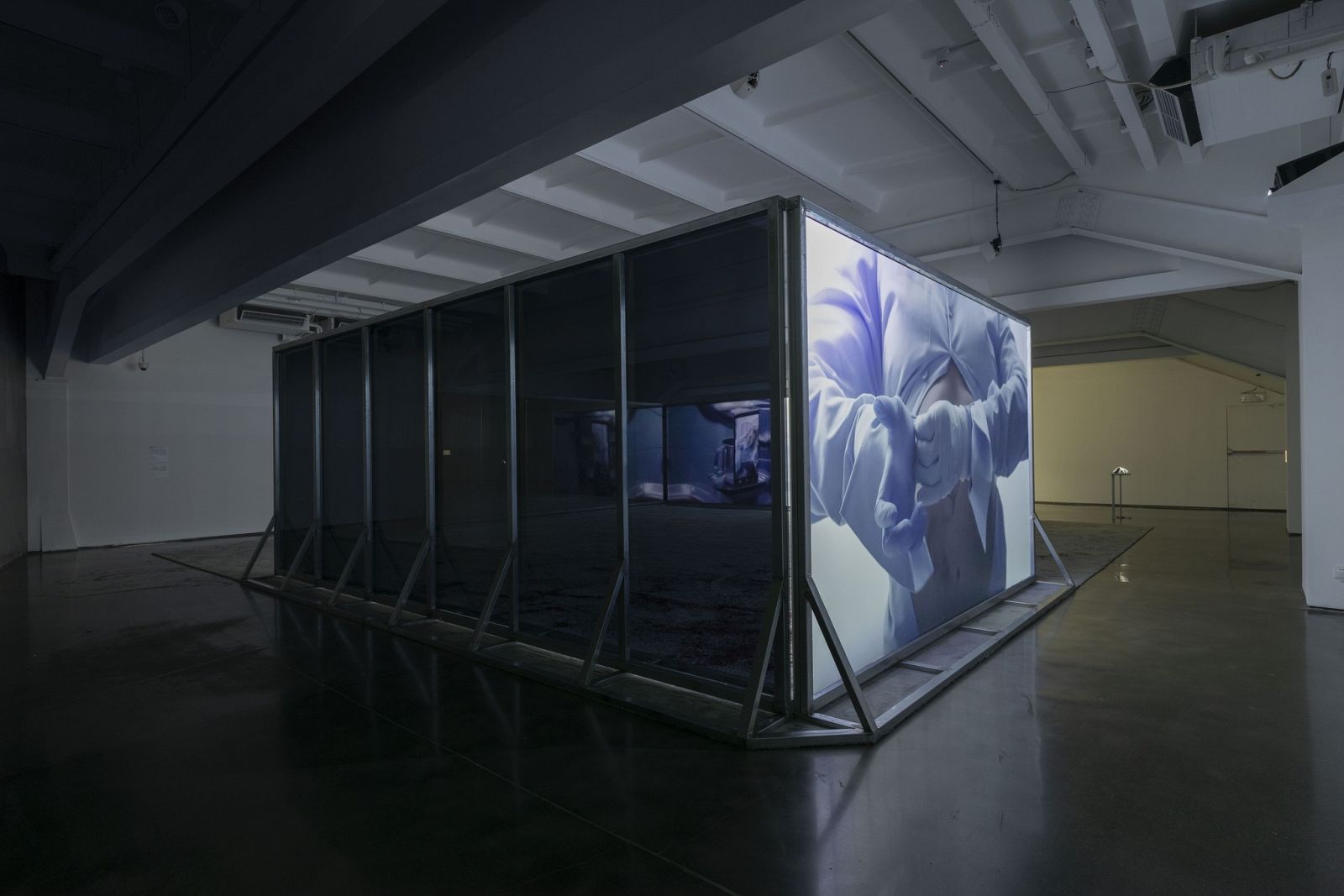
Spit and Image, installation view, MACA, 2025. Photo: Yang Hao
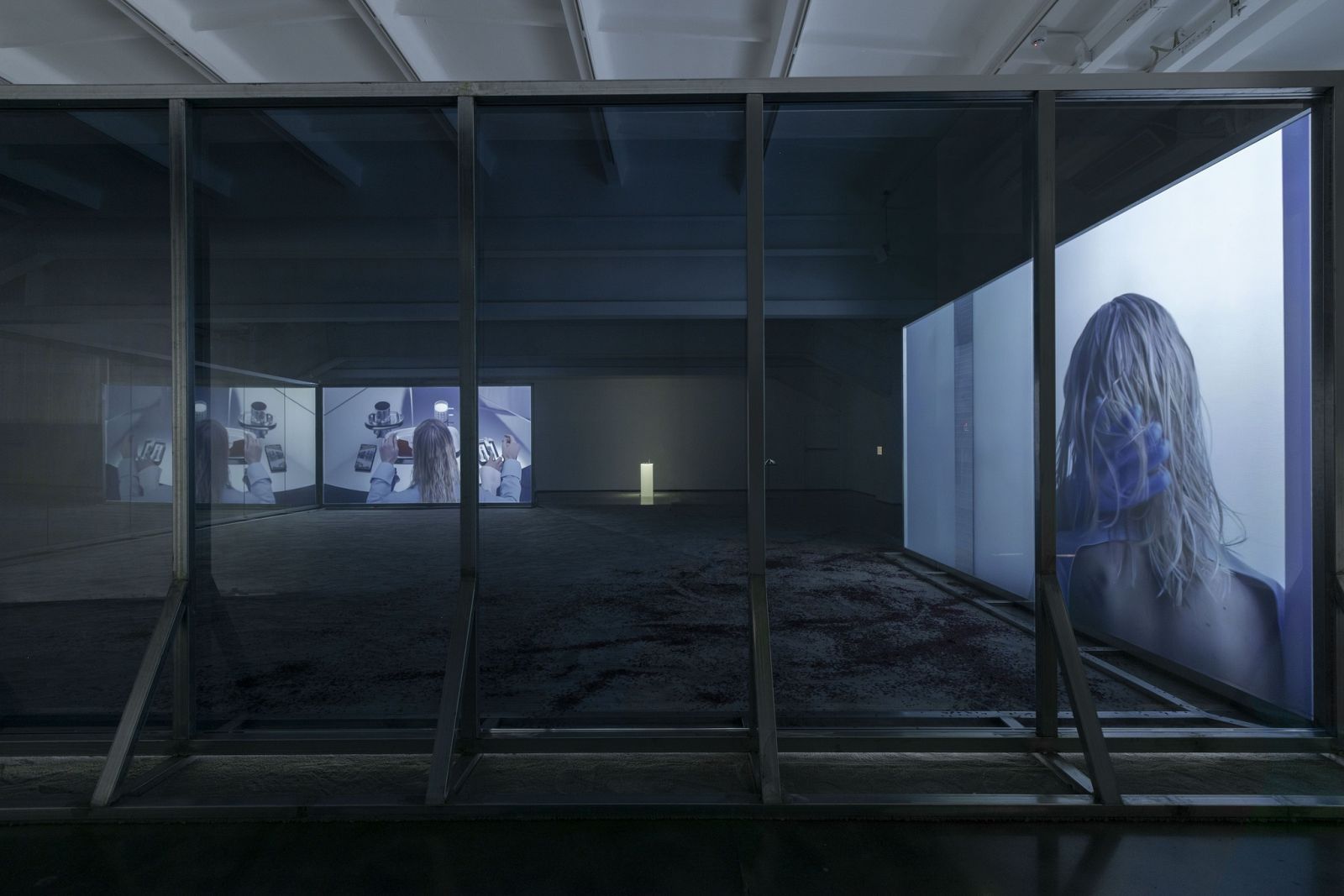
Spit and Image, installation view, MACA, 2025. Photo: Yang Hao
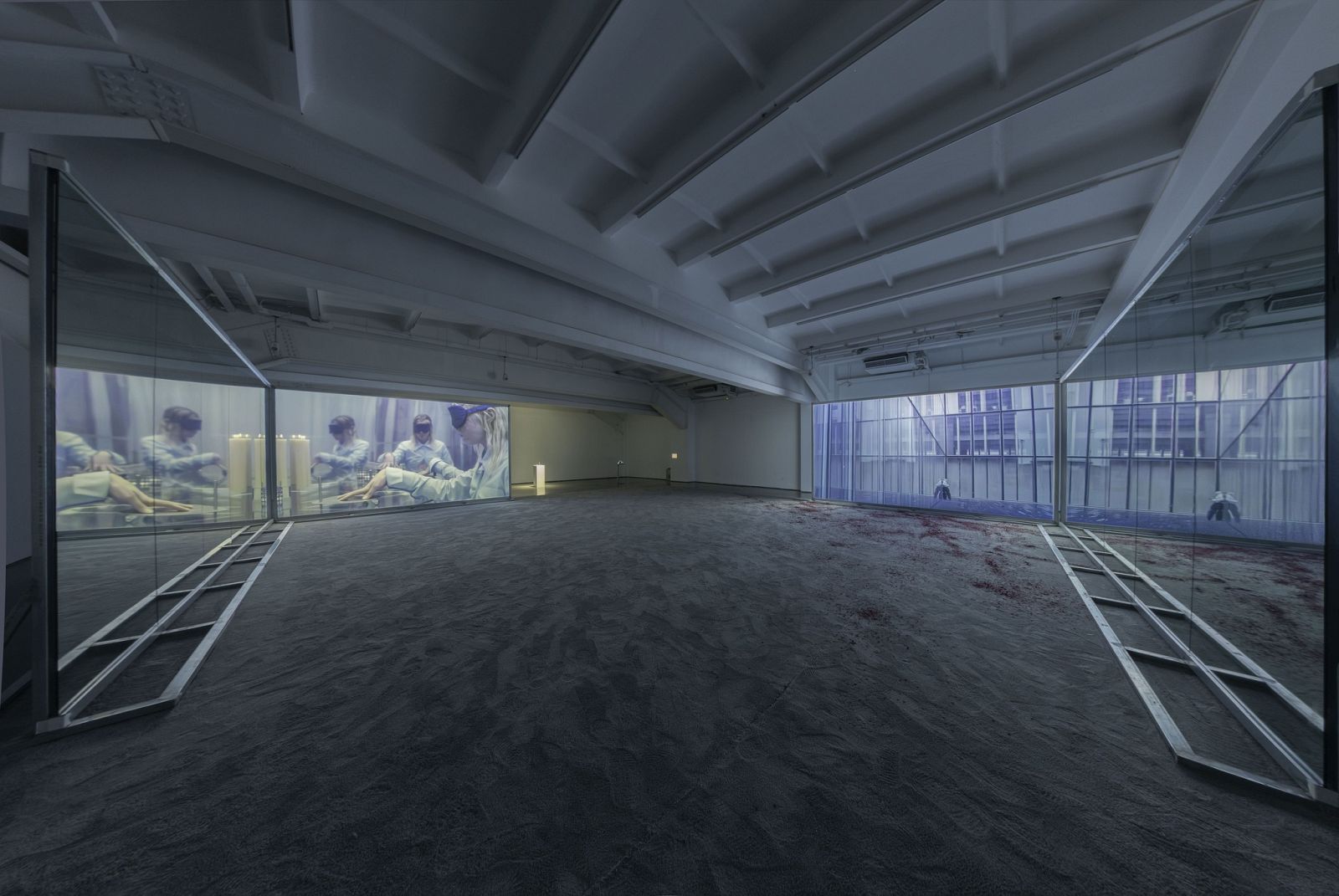
Spit and Image, installation view, MACA, 2025. Photo: Yang Hao
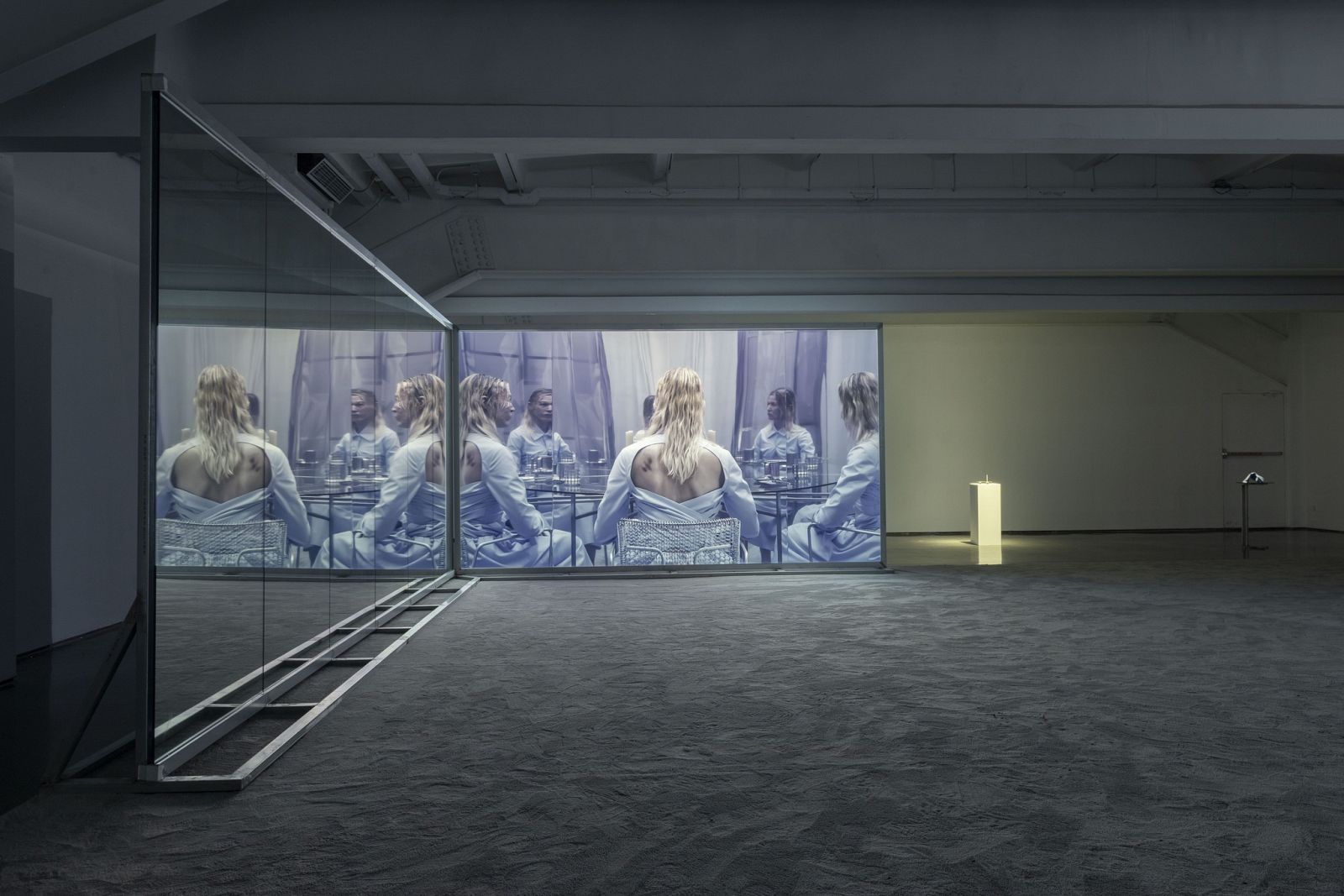
Spit and Image, installation view, MACA, 2025. Photo: Yang Hao
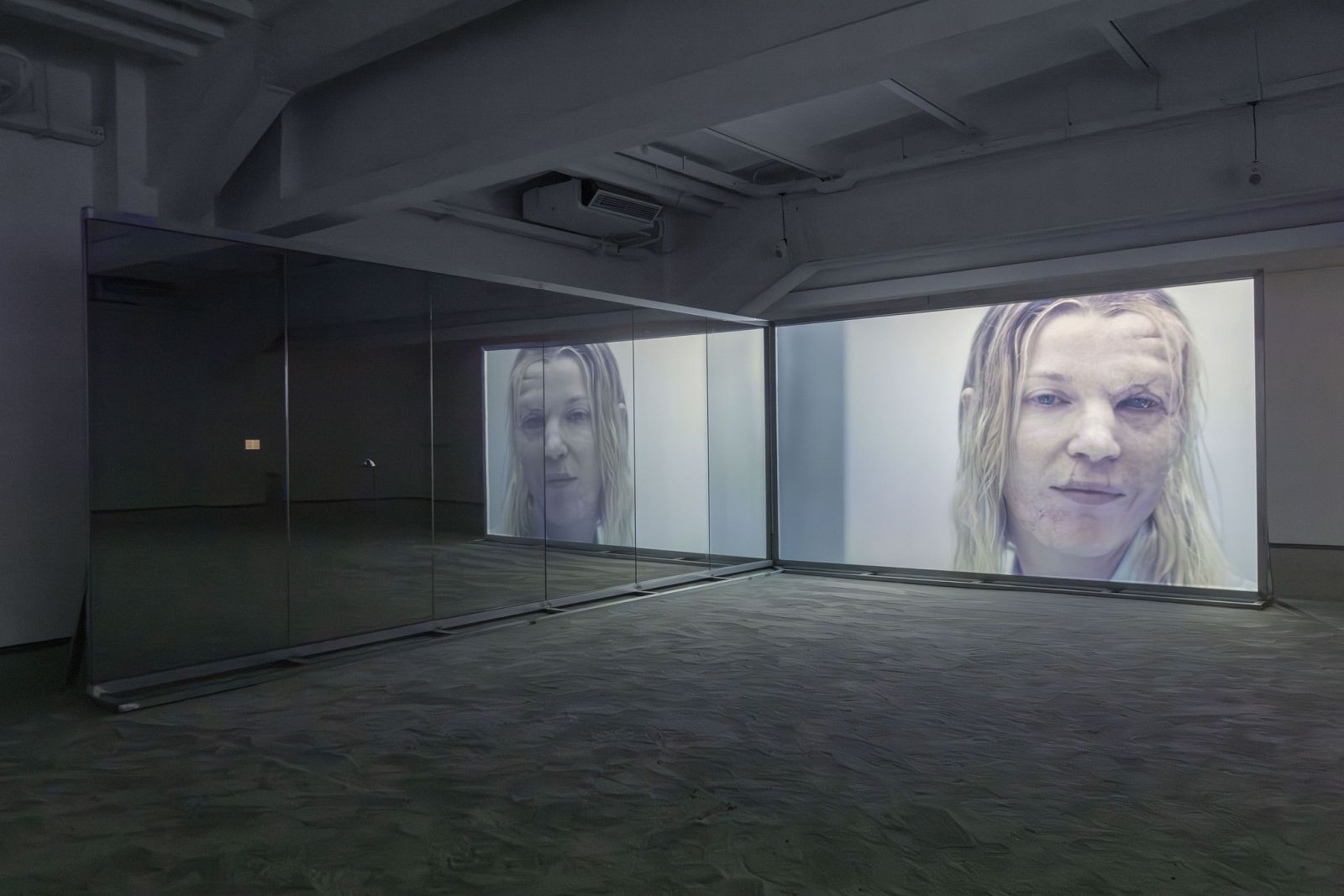
Dorota Gawęda and Eglė Kulbokaitė, Spit and Image 1, 2025, 4K single-channel video, color, sound, 15 min. Spit and Image, installation view, MACA, 2025. Photo: Yang Hao
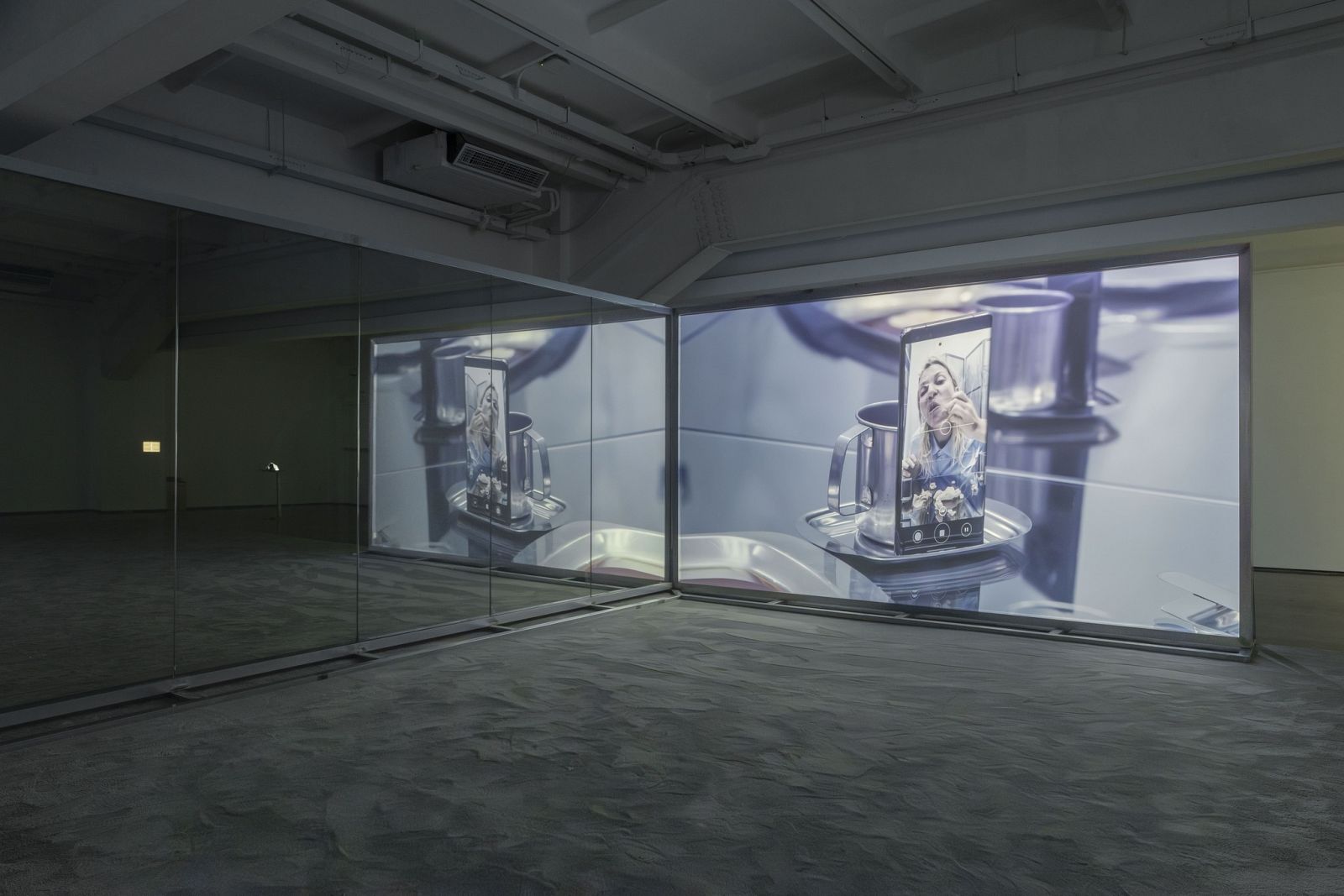
Dorota Gawęda and Eglė Kulbokaitė, Spit and Image 1, 2025, 4K single-channel video, color, sound, 15 min. Spit and Image, installation view, MACA, 2025. Photo: Yang Hao

Dorota Gawęda and Eglė Kulbokaitė, Spit and Image 1, 2025, 4K single-channel video, color, sound, 15 min. Spit and Image, installation view, MACA, 2025. Photo: Yang Hao
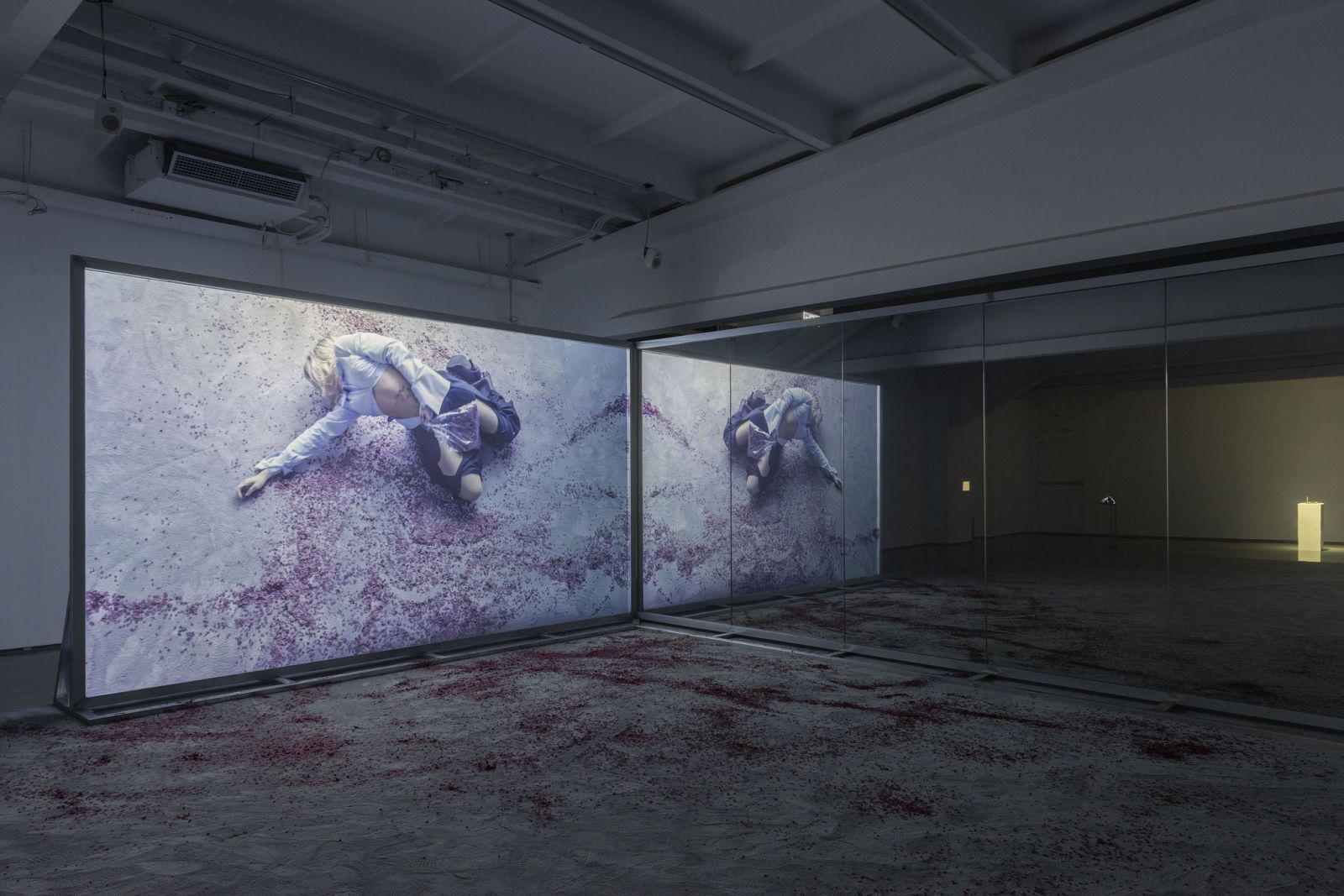
Dorota Gawęda and Eglė Kulbokaitė, Spit and Image 2, 2025, 4K single-channel video, color, sound, 15 min. Spit and Image, installation view, MACA, 2025. Photo: Yang Hao
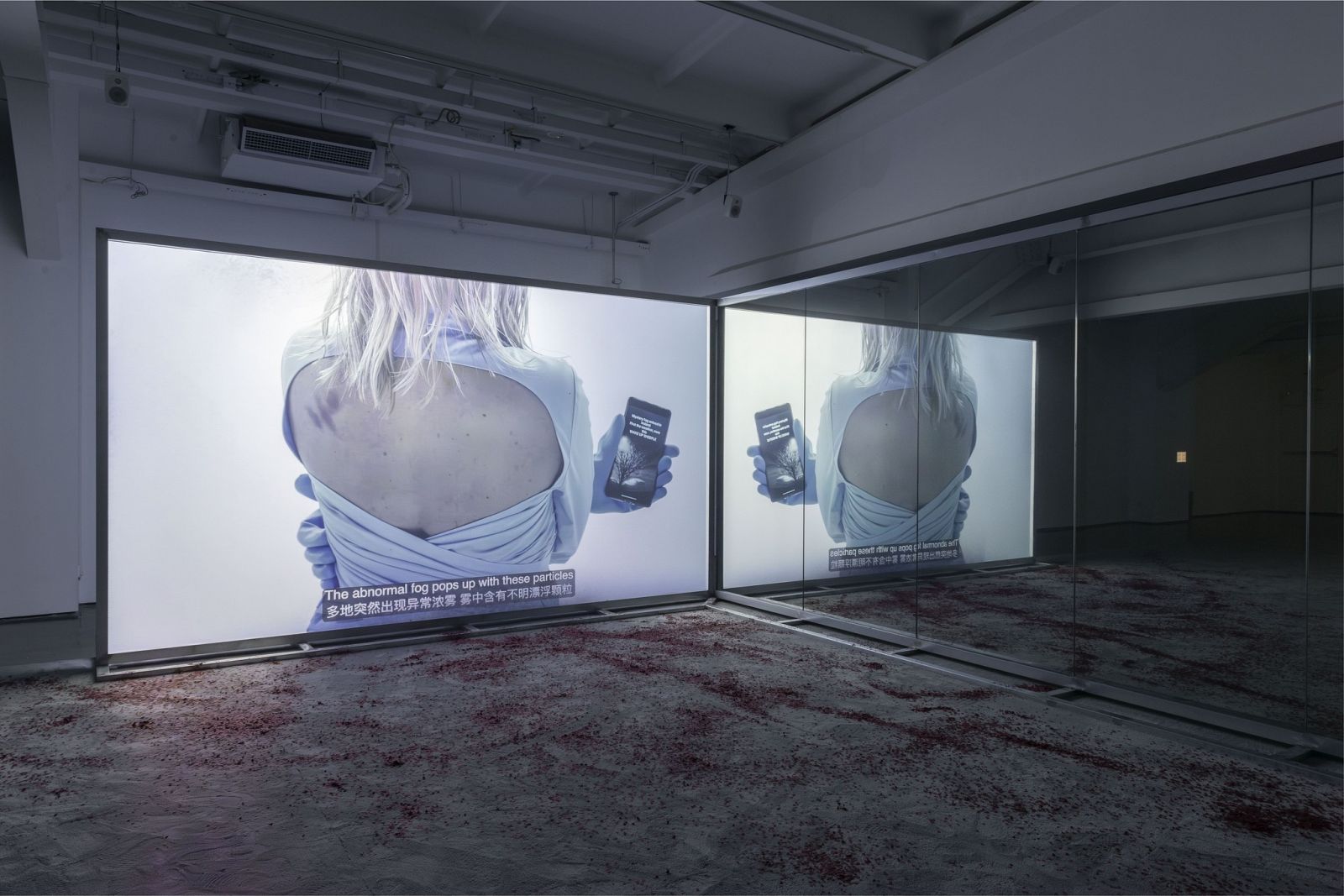
Dorota Gawęda and Eglė Kulbokaitė, Spit and Image 2, 2025, 4K single-channel video, color, sound, 15 min. Spit and Image, installation view, MACA, 2025. Photo: Yang Hao
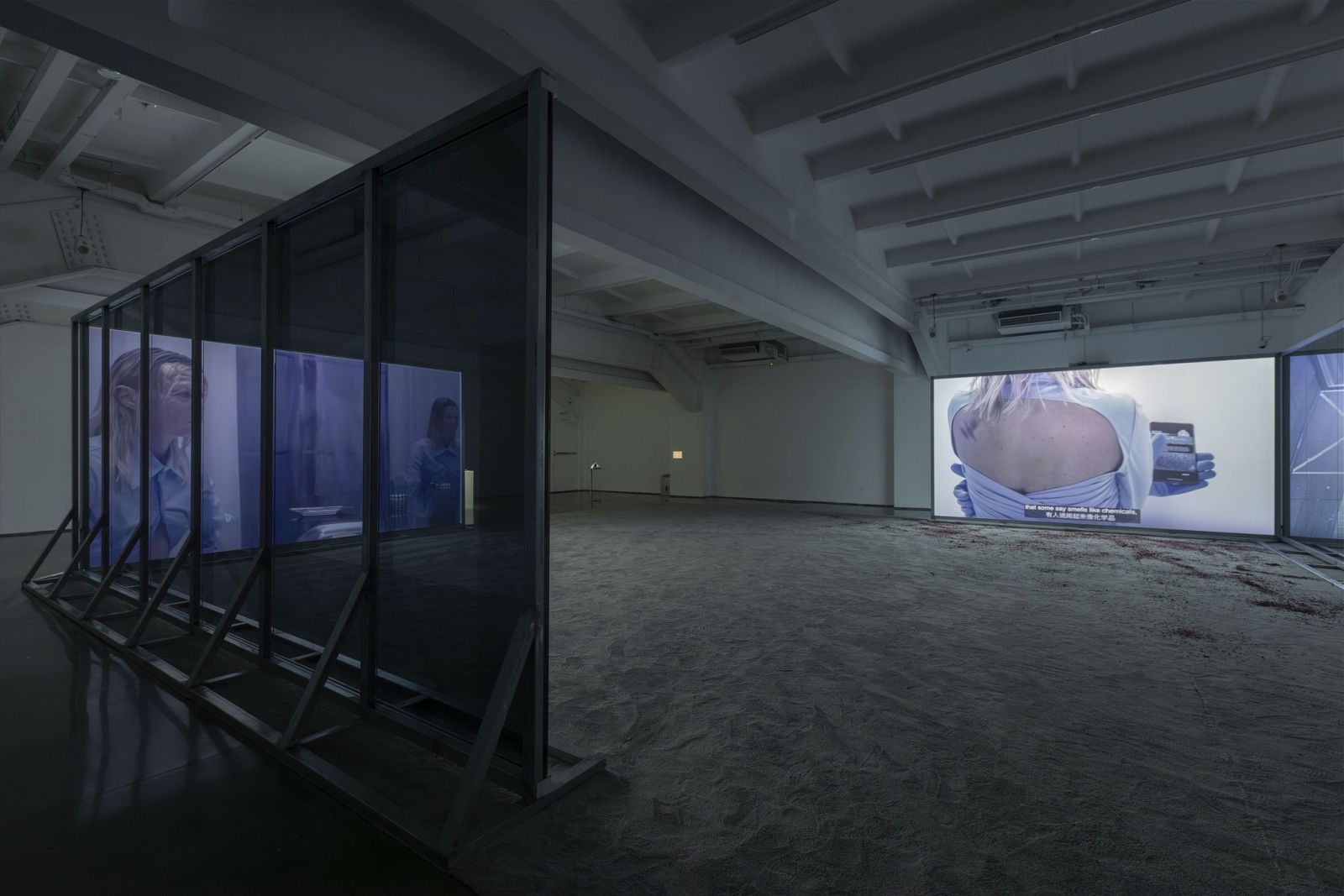
Spit and Image, installation view, MACA, 2025. Photo: Yang Hao

Spit and Image, installation view, MACA, 2025. Photo: Yang Hao
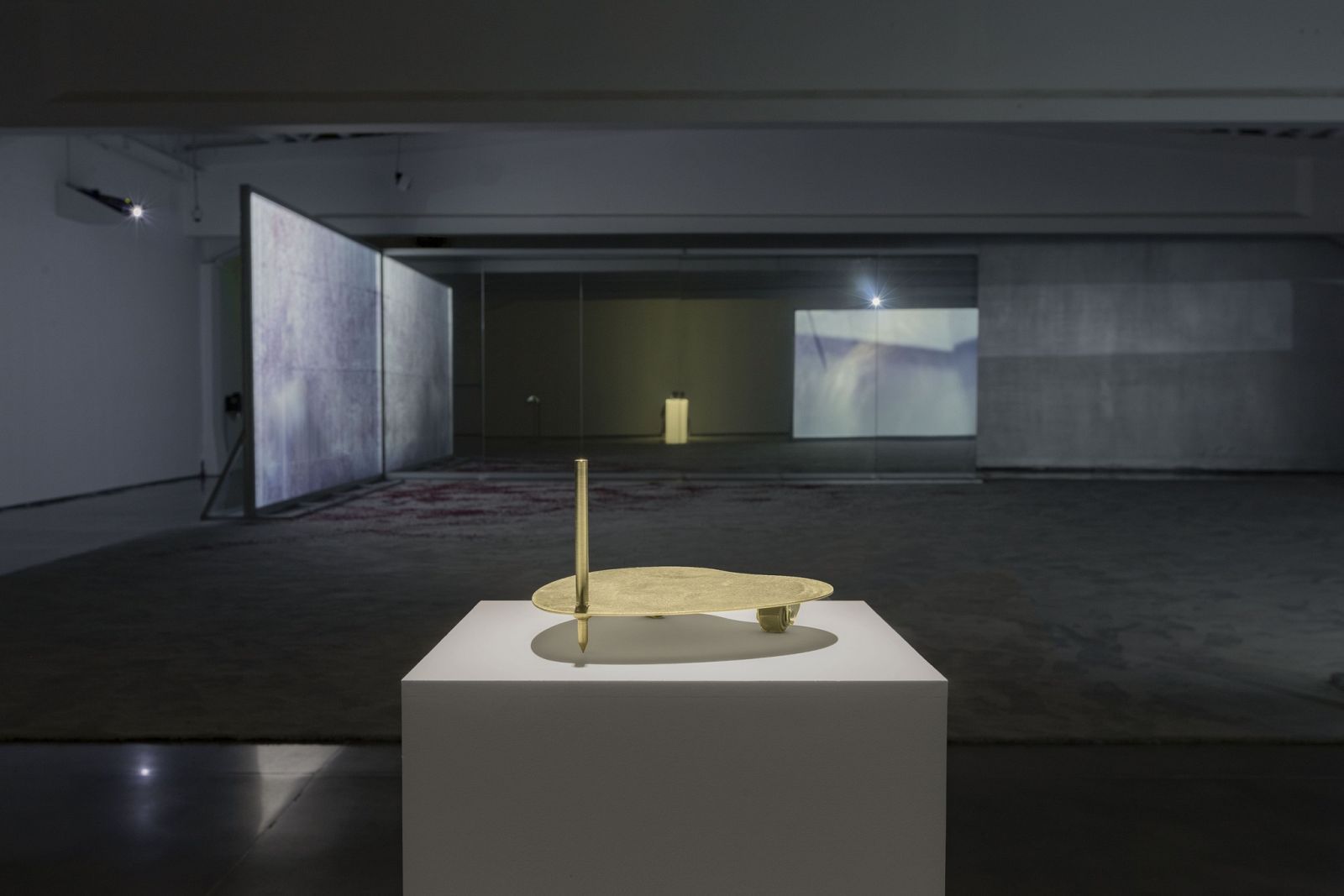
Dorota Gawęda and Eglė Kulbokaitė, Planchette, 2025, stainless steel, caster wheels, 21×20×13 cm. Spit and Image, installation view, MACA, 2025. Photo: Yang Hao
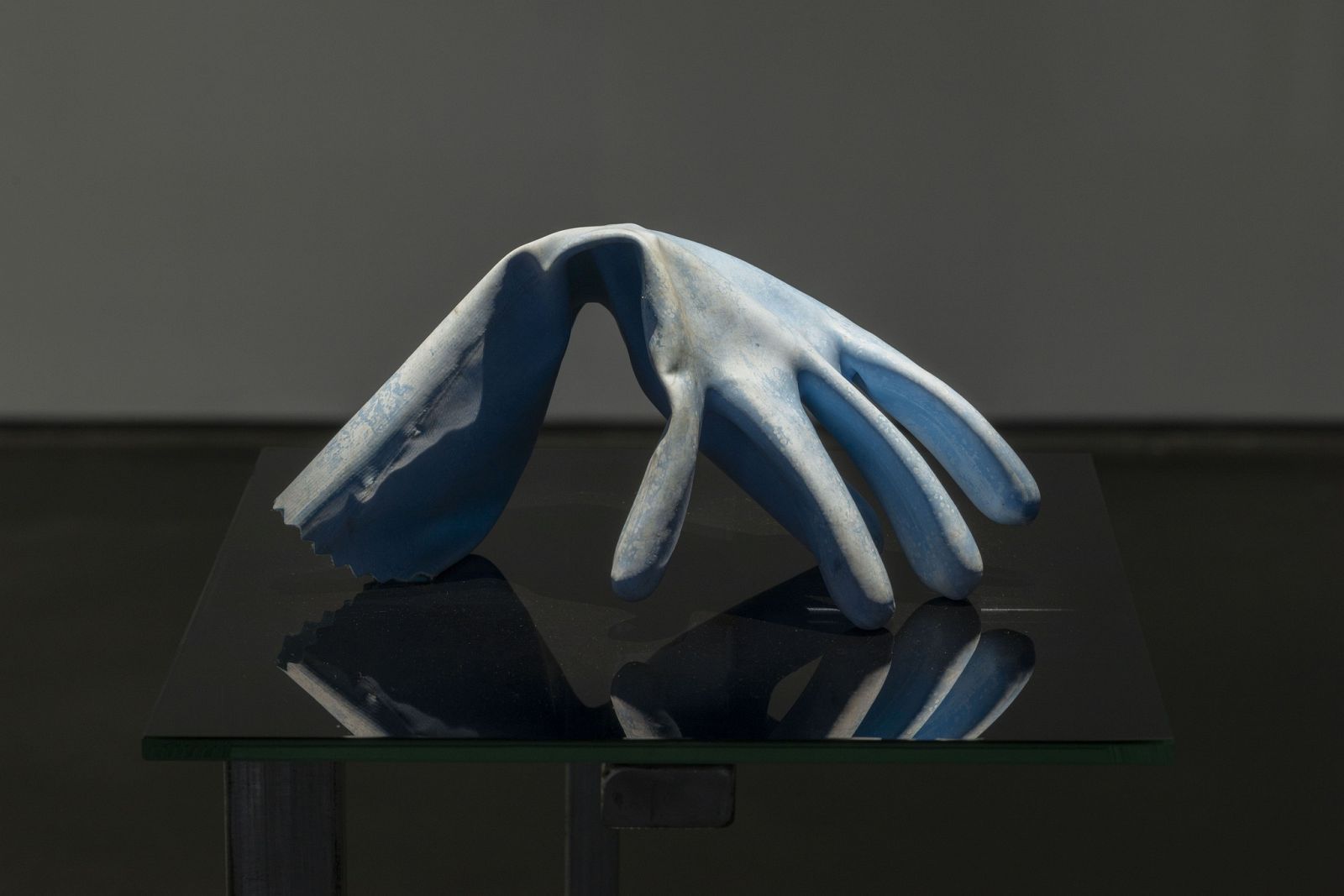
Dorota Gawęda and Eglė Kulbokaitė, Glove, 2025, rubber glove, aluminum wire, 29×14×14 cm. Spit and Image, installation view, MACA, 2025. Photo: Yang Hao
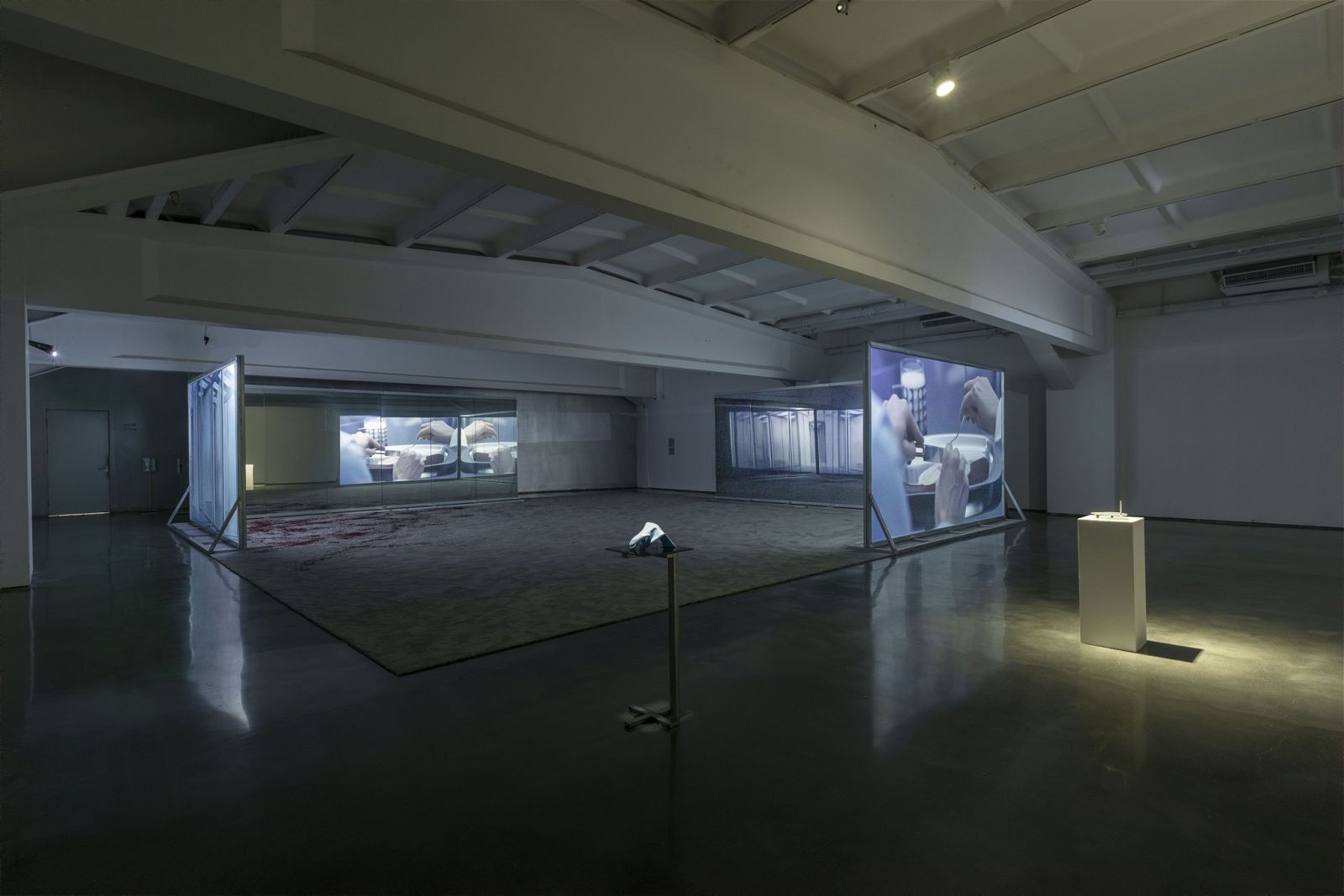
Spit and Image, installation view, MACA, 2025. Photo: Yang Hao
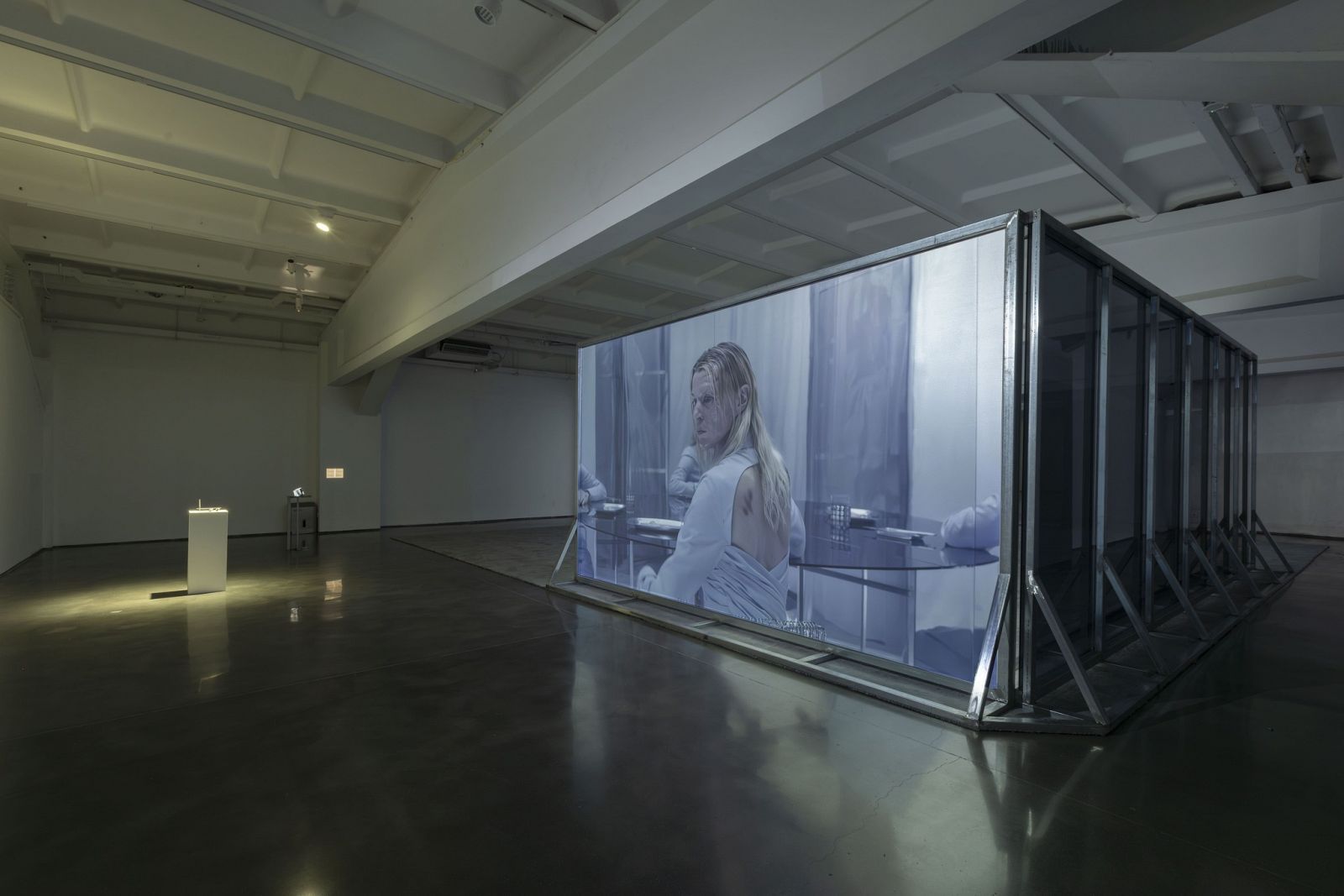
Spit and Image, installation view, MACA, 2025. Photo: Yang Hao
